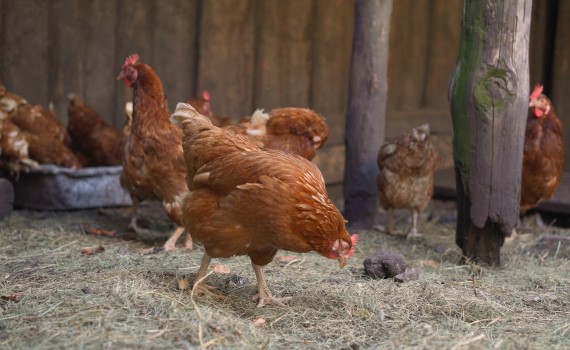Light impacts behavior in cage-free aviaries
Many egg farms are transitioning to cage-free production due to the banning of cages in some states, said Andrea Mendoza, a graduate research assistant at Michigan State University (MSU). It’s a learning curve for poultry growers because these systems are more labor intensive, she told Poultry Health Today.
“The COVID-19 pandemic has created a labor shortage, and so this adds extra pressure on the workers that are available to get the job done when it comes to handling and assessing the birds,” she said.
Birds can move freely and out of the reach of the workers’ hands, so employees have to climb into the system to get to the hens, particularly if it is a multi-tier aviary system. A team of researchers, led by Mendoza, studied light variation to see if it could help move hens onto the floor area, making them easier to reach.
Details of the project
Mendoza noted that the MSU Poultry Teaching and Research Center is smaller than a commercial facility, but the system (Big Dutman Natura 60) has four separate tiers, like many commercial aviaries. There’s also a floor underneath the system where the birds can dust-bathe.
“The behaviors we evaluated were preening, perching, dust-bathing, wing-flapping and standing alert,” she said. “All of these behaviors occur naturally in birds, but preening and wing-flapping are considered comfort behaviors while the ones that we used as stress indicators were perching and standing alert.”
Approximately 1,800, 56-week-old Lowman Brown hens were used in the study, with about 150 hens per section in a total of four rooms. Four treatments were randomly assigned to each room:
- A control group to which nothing was applied
- Use of UV lights for 10 seconds
- Use of UV lights for 10 seconds plus darkening the floor
- Darkening the floor by turning off the floor lights on the controller
Interesting results
“We had cameras set up within the room to record the spatial distribution of the floor and the system and to also observe how the hens were behaving,” Mendoza said. “We measured the spatial distribution and saw that after 5 minutes hens were retreating back into the aviary quickly. So, if producers needed to keep the hens on the floor for longer than 5 minutes, this technique might not be suitable. However, it could be suitable in trying to prevent undesirable behaviors like piling and floor eggs.”
More research should be conducted to explore the variations in behavior, Mendoza said, and also to determine any long-range consequences that might arise.
Posted on July 20, 2022
 We’re glad you’re enjoying
We’re glad you’re enjoying














